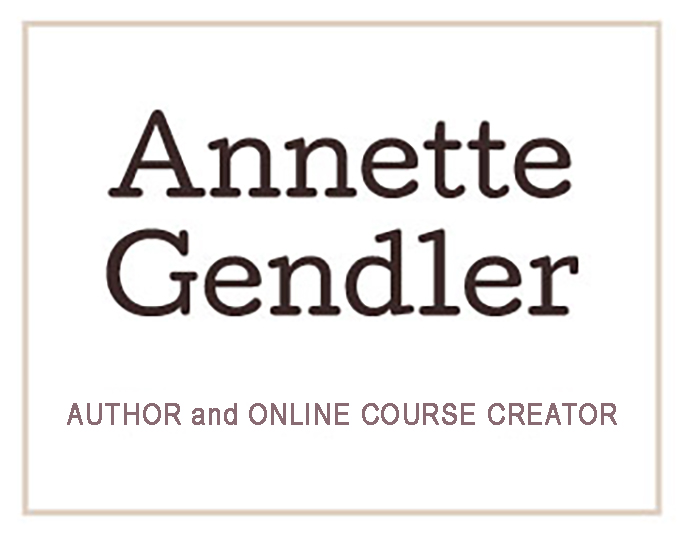
A new student asked me to explain the difference between creative nonfiction and memoir, and so I thought I’d clarify this here today. If one person asks, I figure, more are probably wondering. The answer is really quite simple:
Memoir is a form of creative nonfiction.
Let’s define creative nonfiction. I actually dislike the term, as do many writers in this genre, because it causes confusion. I would prefer “literary nonfiction,” but alas, creative nonfiction has largely stuck.
Creative nonfiction is the counterpart to fiction.
Fiction (its forms are the short story and the novel) tells stories that could have happened (or might happen if you’re writing science fiction or fantasy), whereas creative nonfiction tells stories that did happen. While creative nonfiction can present different truths depending on the point of view it presents, it cannot (should not!) fudge facts. Whenever writers of creative nonfiction, and in particular memoir writers, have fudged facts, they’ve gotten in trouble with readers. (See my article It’s OK to Lie in Memoir)
Storytelling is the Key.
The defining word here is “stories.” Storytelling differentiates creative nonfiction from its parent category of nonfiction. Simply put, nonfiction comprises everything that’s not a novel, nor a short story, nor poetry or drama (drama is a form of fiction, strictly speaking; poetry can straddle the two). Cookbooks, history books, how-to articles and books, journalism (reportage, op-eds, etc.), all of that is nonfiction.
The “creative” in “creative nonfiction” means the story is told creatively, using the same storytelling techniques a fiction writer employs: character development, scene, setting, tension.
The prominent forms of creative nonfiction are:
- Memoir
- Personal Essay
- Narrative Nonfiction
Memoir is a personal story of the past, based on memory. It can be short (like a short story) or it can be book-length. Its focus on memory distinguishes it from the personal essay, which presents a particular insight the author packages in a personal narrative. Personal essays do not delve far into the past. Please see my article What is Memoir? for more details on the form of memoir; for example how it differs from autobiography (another nonfiction category).
Famous examples of narrative nonfiction are Norman Mailer’s The Executioner’s Song (an amazing tour de force that I don’t think I would have ever read had it not been assigned reading in my MFA program) or Truman Capote’s In Cold Blood, or one of my favorites, David McCullough’s 1776.
Books on Creative Nonfiction
My new student also asked about books on creative nonfiction that might clarify all this, and so I consulted my book shelf. I don’t have one book I can wholeheartedly recommend; that might simply be because creative nonfiction is still a young genre and thus a moving target. The three books pictured above are the best from my own collection.
If pressed, I’d recommend Tell It Slant from the above collection; mainly because it is a good how-to on creative nonfiction. It also clarifies the forms of creative nonfiction (although it does not go into narrative nonfiction). My favorite part is that it includes a good anthology with examples of all the different forms and techniques it discusses. That is always the best way to learn: Read an example of a lyric essay and you might understand what it is.
So much for today on creative nonfiction and memoir. I hope this helped a bit; do let me know if there are other quandaries I could help clarify in the world of creative nonfiction, memoir, personal essay, etc.!

It certainly does clarify the difference.
Glad to hear that!